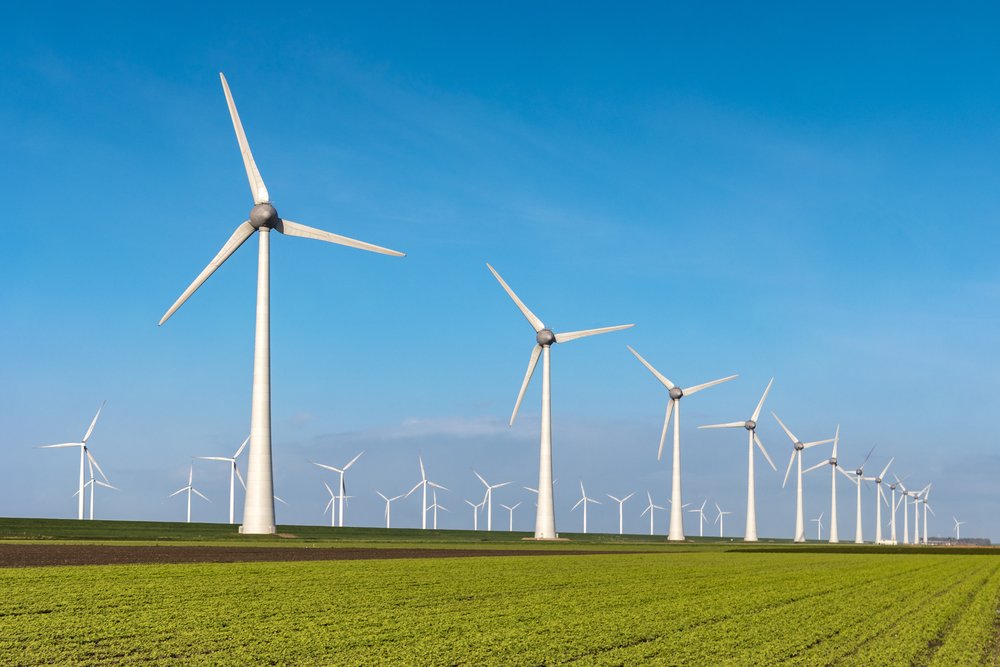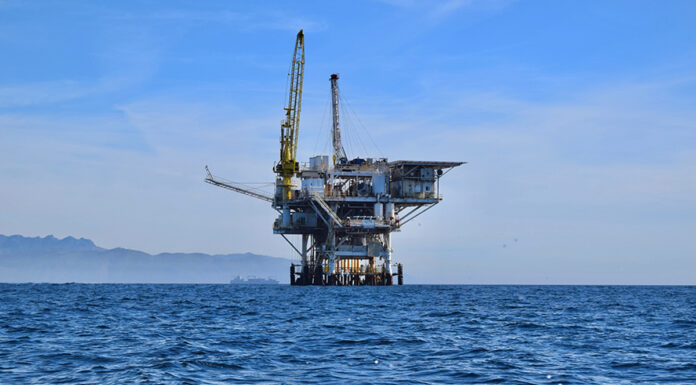Wind energy is attracting attention from companies that seek to reduce their CO2 emissions. Of all the green energy resources available today, it is also considered the most economically efficient and environmentally friendly.
But is wind energy really “green”? What are the negative impacts of this energy on the environment? In this article, we’ll take a closer look at wind power and find out its advantages and disadvantages.
How does wind energy work?
Wind power actually originates from the sun. For the wind to blow, it needs the sun’s heat to warm up land and air. When hot air rises, cooler air rushes, and a gust of wind is created in the process. Wind turbines generate electricity through the natural power of the wind. The mechanical power that is generated by the wind can also be used for other purposes such as pumping power or grinding grain.
Advantages of Wind Power
Zero Emissions
Wind power does not emit any form of greenhouse gases, unlike fossil fuels. Turbines generate electricity through the power of the wind. It is a safe, clean, and renewable energy source. This is very important in the context of global warming.
No Need for Fuel
Unlike other energy sources, wind power doesn’t rely on fossil fuels to power its turbines. However, there may an indirect release of greenhouse gases during the production and transport of wind turbines.
Take Up Little Space
Solar and hydro-power plants are known to take up a lot of space which makes it hard to build a large-scale system. This problem doesn’t happen with wind turbines. Most suppliers build their wind turbines on farmlands and pay farmers to put turbines in their land for extra income. The footprint takes up very little space so it doesn’t disrupt the farm’s productions.
Creates Jobs
Each year the wind industry generates more than 100,000 green jobs. In America, wind turbine technician is one of the fastest-growing jobs. Aside from technicians, wind energy can also support jobs in installation, maintenance, manufacturing, and support.
Saves Water
Wind power does not need water to generate electricity or to cool their equipment. Unlike thermal and solar plants that need a lot of water to cool their plants.
Reduce Dependence from Foreign Countries
Wind power, if nationalized, can reduce dependence on foreign countries’ supply of fossil fuels. This will improve the economy and political independence.
Disadvantages of Wind Power
Threatens Wildlife
Although they are entirely harmless, they sometimes harm local wildlife. Wind turbines are known to kill flying birds and baths that come close to their spinning blades. These deaths have always been a controversial subject at wind farm sites and have raised concern from wildlife conservation groups.
Noise
Wind turbines are particularly noisy which is why they are only found in rural areas where no one lives. However, with new technology and designs, there have been improvements that allow turbines to become less noisy.
High Cost
Wind power is an emerging technology in its early stages which makes it very costly to build. It also takes up a lot of resources to build a huge and tall wind turbine and transport it to a rural area. However, once it’s installed, the maintenance costs are very little.
Unpredictable
Not all areas get a lot of wind. Also, even in windy areas, there are some months when the wind would reduce in pressure. If the town relies on the wind farm, they may suffer due to the inconsistency of wind power.
Wind Power Facts
- Texas is currently the leading wind power state in the US. There are over 40 wind farms currently operating in Texas with a total combined rate capacity of over 17,000 MW.
- Wind energy and solar are two of the most sustainable and environmentally friendly sources of energy.
- In 2019, the total electricity generated from wind power avoided an equivalent of 42 million car’s worth of CO2 emissions.
- Wind turbines are very complex machines. They have over 8,000 different components.
- Higher wind speed means more electricity. This is the reason why wind turbine blades are huge and wind towers average around 295 feet tall.
- Offshore wind power is now being studied as a great solution to provide power for populated coastal cities.
- Wind power prices have become affordable in recent years. It will not be long enough till it can be used largely by millions of people.
The future of wind power
As climate change becomes a bigger and scarier threat to our world, global efforts to invest in renewable energy have started to take place. According to Wind Vision Report, wind power can be a great source of renewable electricity by 2050. Its affordability will make it a strong candidate as an alternative to depleting fossil fuel sources. The worldwide use of renewable energy such as wind energy can also have a positive effect on reducing the negative impacts of climate change.










